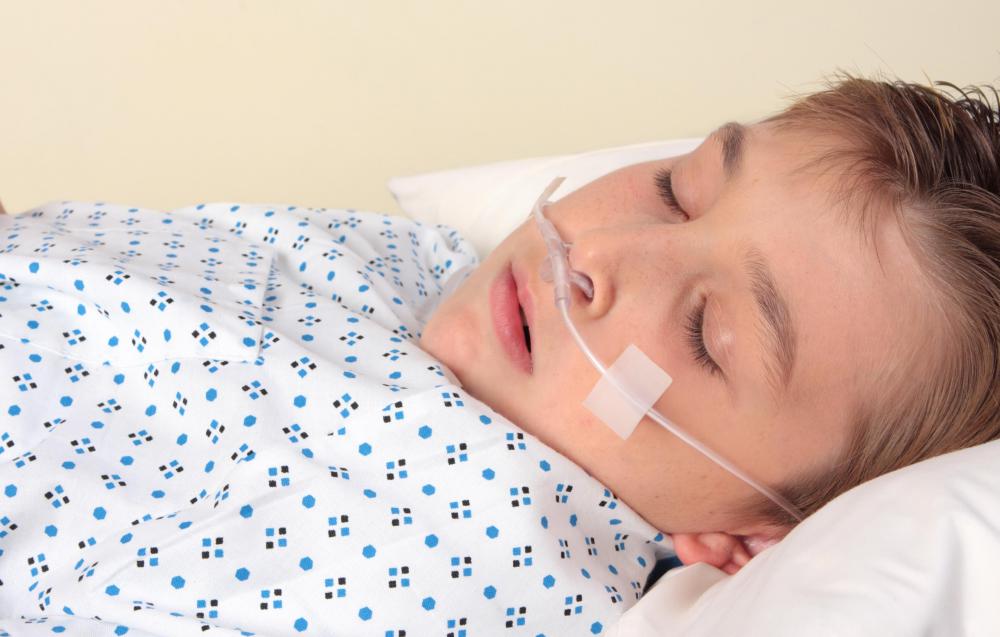At WiseGEEK, we're committed to delivering accurate, trustworthy information. Our expert-authored content is rigorously fact-checked and sourced from credible authorities. Discover how we uphold the highest standards in providing you with reliable knowledge.
What Is Involved in the Management of Status Epilepticus in Children?
Status epilepticus is an uninterrupted convulsive event or a series of convulsions without recovery in between the events. In children under the age of five, like the condition in adults, status epilepticus has the same overall goals of safety and stabilization in a medical setting. Infants and children, however, are much more prone to convulsions and these events may occur spontaneously or before a diagnosis of a seizure disorder has been established. Always a frightening event, status epilepticus in children and infants can be particularly anxiety-provoking and can often lead to poor judgment on the part of the parent or caregiver. This situation is a medical emergency and requires the immediate skill and care of paramedics and other emergency responders to transport the child or infant to a local emergency department or medical center while ensuring an adequate airway and attempting to obtain an intravenous (IV) line.
Ensuring an adequate airway and preventing hypoxia — low oxygen levels in the tissues and brain — is the primary objective in the management of status epilepticus in children. Convulsions may interrupt the brain's control of respiration resulting in apnea, or failure to breathe. The uninterrupted muscular tension requires additional oxygen than in a resting state while decreasing blood flow to the skeletal muscles. Infants and children are administered oxygen to prevent hypoxia either by oxygen cannula tubing, an oxygen face mask or insertion of a breathing tube for assisted ventilation. The amount of oxygen in the blood is measured by a pulse oximeter during the patient's first evaluation and during transportation to the hospital.

The second major goal in the management of status epilepticus in children is to interrupt the seizure activity. This is best accomplished by intravenous (IV) administration of a benzodiazepine with the dosage based upon the child's weight. In circumstances where the seizure activity will make establishment of a patent IV site difficult, a rectal suppository can provide an immediate dose of a benzodiazepine for this medication’s anti-seizure action. IV access, however, remains a primary goal for IV administration of medications for quicker systemic effects. Any necessary fluids and blood work for laboratory tests can also be administered or withdrawn from this site.

Establishing the reason for the convulsions is another important aspect in the management of status epilepticus in children. Metabolic disorders, electrolyte imbalances and glucose levels outside of levels considered normal can all cause status epilepticus in children well before the condition would affect adults. Anticonvulsants will also be administered as an electroencephalogram (EEG) indicates resolution of the seizure. Finally, treatment in a pediatric intensive care unit (PICU) will be directed toward determining the cause of the seizure.
AS FEATURED ON:
AS FEATURED ON:














Discuss this Article
Post your comments